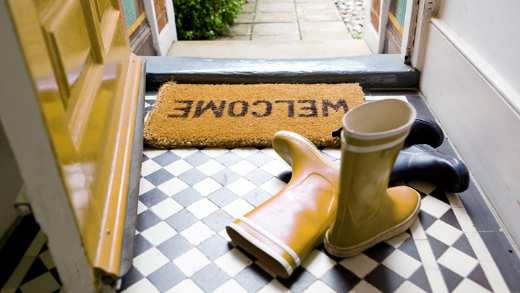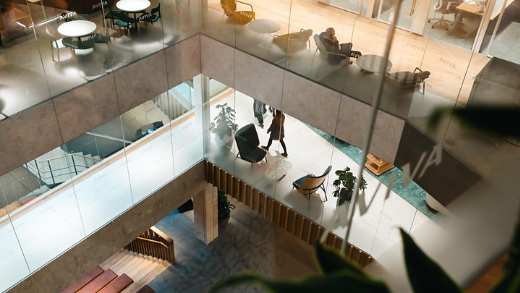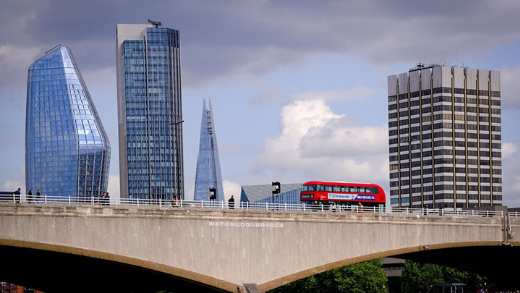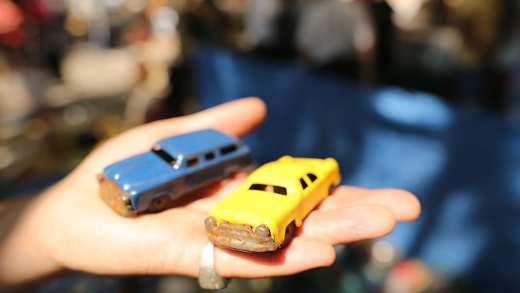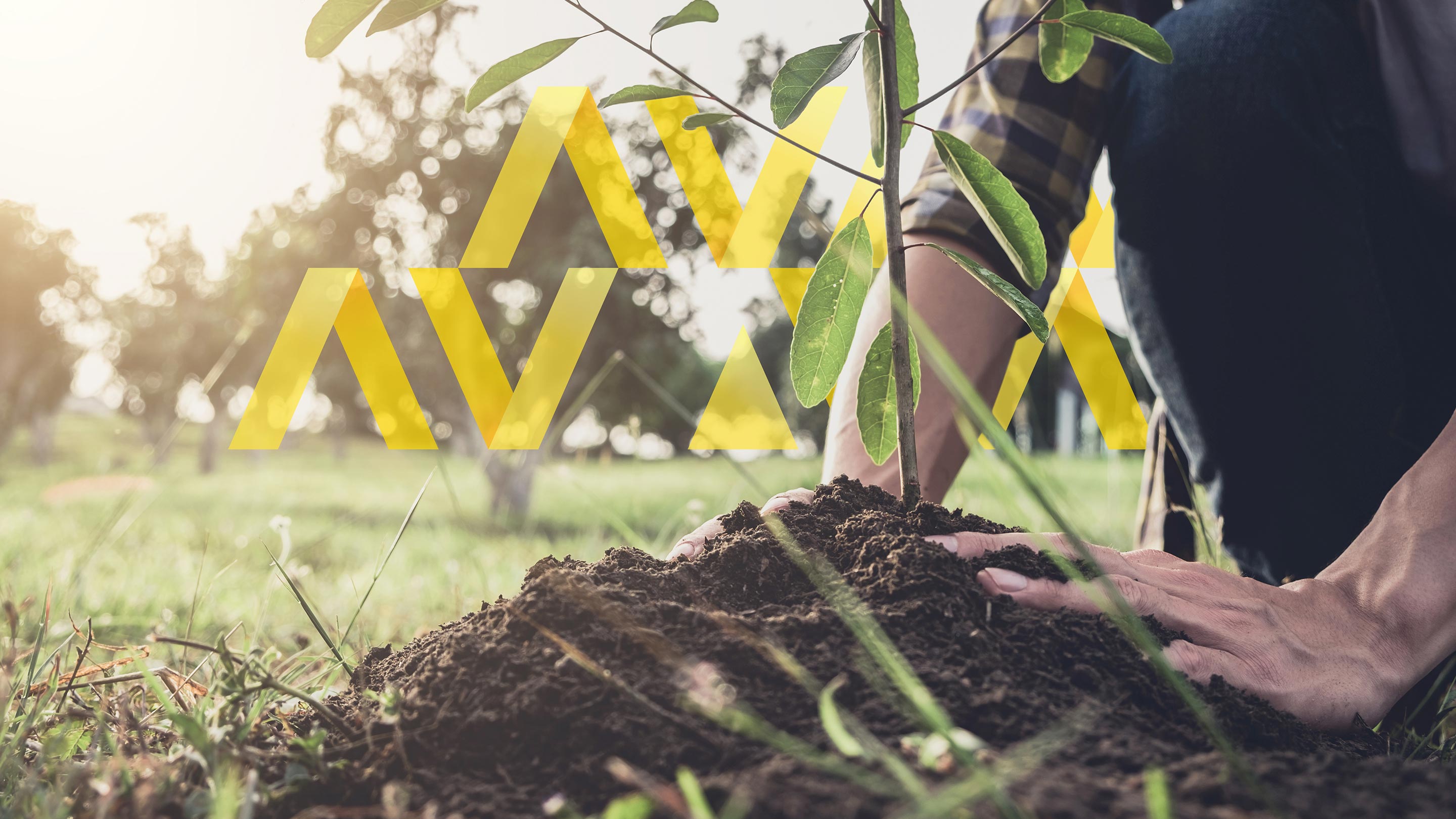
The dos and don’ts of planting trees and shrubs at home
Aviva is urging green-fingered residents to take care when planting trees and shrubs near their homes.
According to the insurer, millions of UK residential gardens could be set for a makeover, with 33%* expected to see new trees, hedges or shrubs introduced this year.
However, as witnessed during the UK heatwave in 2022, changing weather patterns mean that residents are facing hotter, drier summers, potentially increasing the risk of subsidence.
Figures from Aviva’s Building Future Communities research reveal more than a third of UK residents (36%) are concerned about subsidence at their home, while a quarter (26%) are specifically worried that trees near to their buildings may lead to this issue.
With this in mind, Aviva has put together the following guidance to help keen gardeners minimise the risk of subsidence at their homes:
- Choose your tree variety wisely: Information published by the ABI (Association of British Insurers) suggests that certain types of trees – including poplar, willow, elm and oak - are more likely to cause problems than others, due to their long, fine root structures. According to the National House Building Council, lower water demand trees include birch, elder, hazel and magnolia. Residents may wish to consult an arborist for expert advice, if they are unsure about which varieties to plant.
- Don’t plant trees or large shrubs close to your buildings. Most people will think about their home, but the same applies to garages and outbuildings. Also remember, that a cluster of smaller, individual hedge plants can have a greater impact when grouped together. A suitable distance will depend on the type of subsoil, variety of tree and depth of foundations, so if in any doubt, check with an expert.
- Consider whether shrubs could be moved if they are too close to your property. If a shrub was planted after the home was built and is still relatively small, it may be possible to reposition them elsewhere.
- Maintain your trees by pollarding or thinning their branches. This will reduce the amount of water they require and will therefore allow moisture to remain in the soil.
- Keep a close eye on trees close to your property or garden. If a tree is in the street or on a neighbouring property, it’s still possible to affect your home or outbuildings if positioned close to your structures, so be mindful of any signs of shifting or cracking.
- Do not remove or modify a tree which has a preservation order, unless you have all the appropriate consents.
In addition:
- Watch out for leaky drains: Leaks from drains or water mains can also lead to issues as they can soften soil or even wash it away, causing the land to sink downwards. Sandy, gritty soils are more susceptible to this issue.
- Check your gutters and drainpipes too and make sure they’re well maintained, in case they are leaking.
- Be particularly vigilant if clay soils are common in your region. Subsidence is more likely to occur in areas where clay soils are prevalent, because they are more prone to shrinking during hot weather. Clay soils are more common in southern England, so residents here are warned to be on their guard.
Waseem Malik, Chief Claims Officer for Aviva UK&I General Insurance says:
Nature can be incredibly powerful, and trees and shrubs will go to extreme lengths to find the water they need to survive during hot spells
“The vast majority of homes and gardens can co-exist quite happily without plants causing problems to properties. However, nature can be incredibly powerful, and trees and shrubs will go to extreme lengths to find the water they need to survive during hot spells. In turn, the surrounding ground can become incredibly dry and unstable if plants have removed excessive moisture. In extreme cases, this can lead to subsidence for nearby buildings.
“Prevention is the best cure, so we are encouraging gardeners to think carefully if they intend to start planting this year, to ensure their homes and gardens are climate-ready. Trees and shrubs can be beautiful additions to gardens, but they can grow to such proportions both above and below the surface. This can cause all manner of problems if they are planted too close to structures.
“We’d urge people to do a bit of research before they start making changes to their outdoor spaces, to avoid any issues further down the line.”
People can find out more about subsidence and what to look out for by visiting the Aviva weather hub.
-ENDS-
Sources:
* According to a poll of 2,006 UK residents, including 1,656 people with gardens / outdoor areas at their homes, carried out by Censuswide research on behalf of Aviva in March 2023.
Media Enquiries
Sarah Poulter
UK External Communications
-
Phone
-
+44 (0) 7800 691 569
-
-
Email
Notes to editors:
- We are the UK's leading diversified insurer and we operate in the UK, Ireland and Canada. We also have international investments in India and China.
- We help our 19.2 million (as at 31 December 2023) customers make the most out of life, plan for the future, and have the confidence that if things go wrong we’ll be there to put it right.
- We have been taking care of people for more than 325 years, in line with our purpose of being ‘with you today, for a better tomorrow’. In 2023, we paid £25.6 billion in claims and benefits to our customers.
- In 2021, we announced our ambition to become Net Zero by 2040, the first major insurance company in the world to do so. We are aiming to have Net Zero carbon emissions from Aviva’s operations and supply chain by 2030. While we are working towards our sustainability ambitions, we recognise that while we have control over Aviva’s operations and influence on our supply chain, when it comes to decarbonising the economy in which we operate and invest, Aviva is one part of a far larger global ecosystem. There are also limits to our ability to influence other organisations and governments. Nevertheless, we remain focused on the task and are committed to playing our part in the collective effort to enable the global transition. Find out more about our climate goals at www.aviva.com/climate-goals and our sustainability ambition and action at www.aviva.com/sustainability
- Aviva is a Living Wage, Living Pension and Living Hours employer and provides market-leading benefits for our people, including flexible working, paid carers leave and equal parental leave. Find out more at https://www.aviva.com/about-us/our-people/
- As at 31 December 2023, total Group assets under management at Aviva Group were £376 billion and our estimated Solvency II shareholder capital surplus was £8.8 billion. Our shares are listed on the London Stock Exchange and we are a member of the FTSE 100 index.
- For more details on what we do, our business and how we help our customers, visit www.aviva.com/about-us
- The Aviva newsroom at www.aviva.com/newsroom includes links to our spokespeople images, podcasts, research reports and our news release archive. Sign up to get the latest news from Aviva by email.
- You can follow us on:
- X: www.x.com/avivaplc
- LinkedIn: www.linkedin.com/company/aviva-plc
- Instagram: www.instagram.com/avivaplc
- For the latest corporate films from around our business, subscribe to our YouTube channel: www.youtube.com/user/aviva

